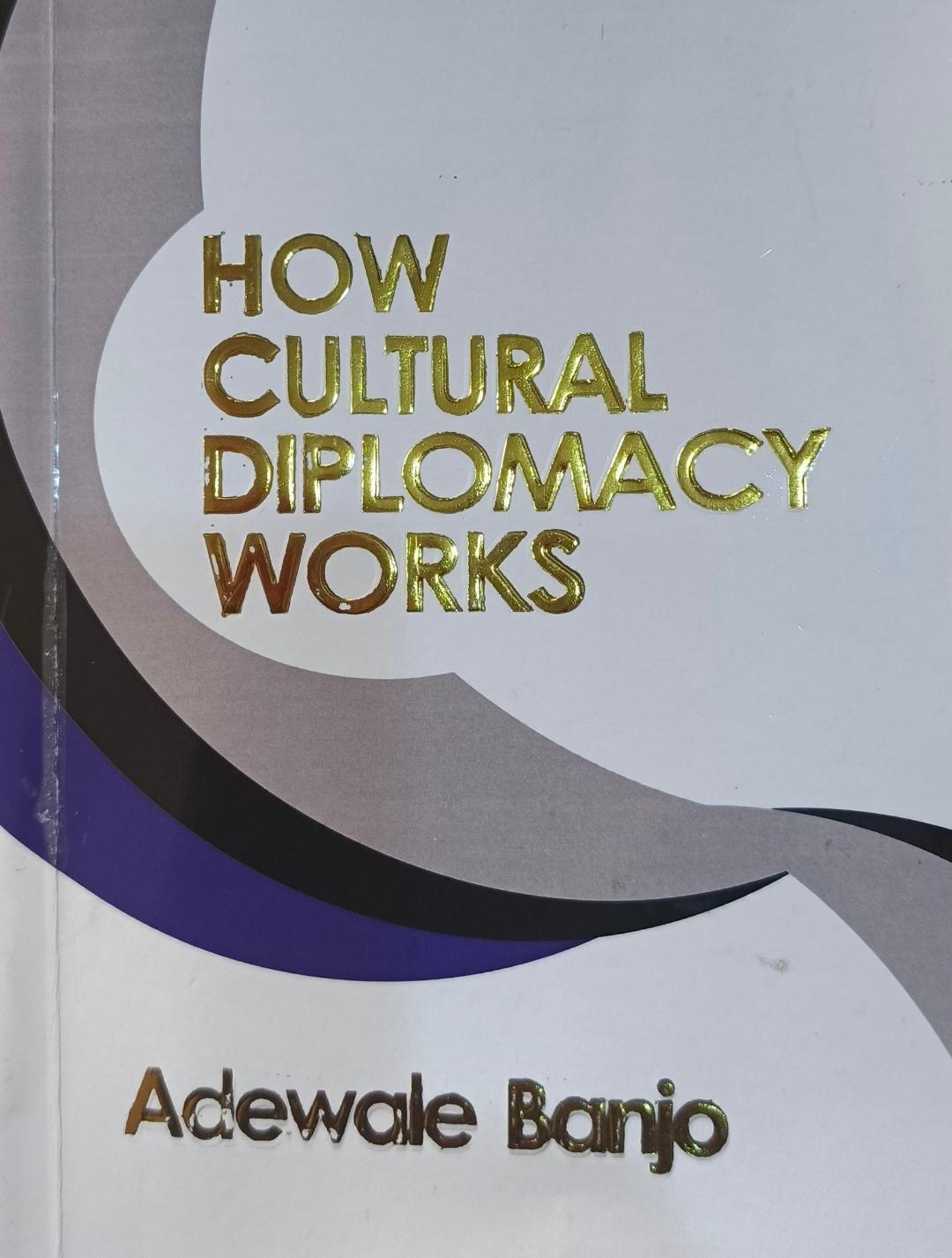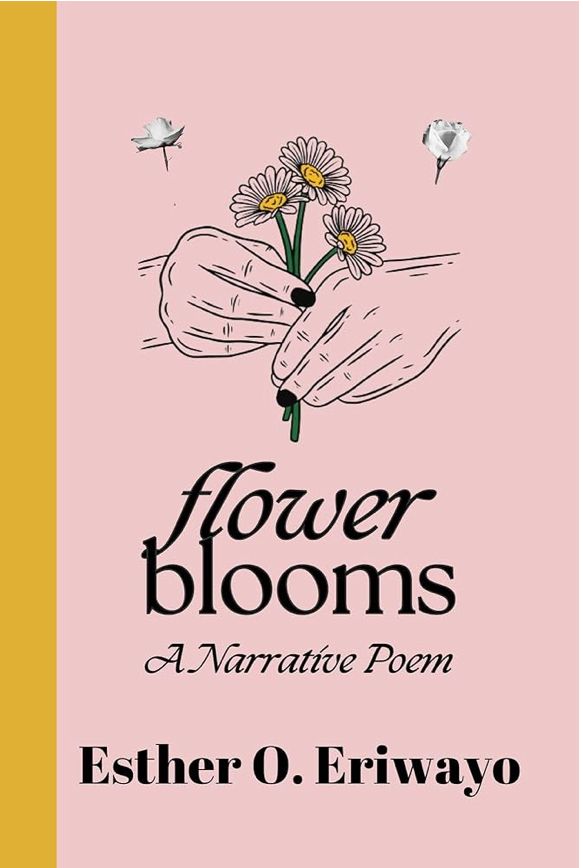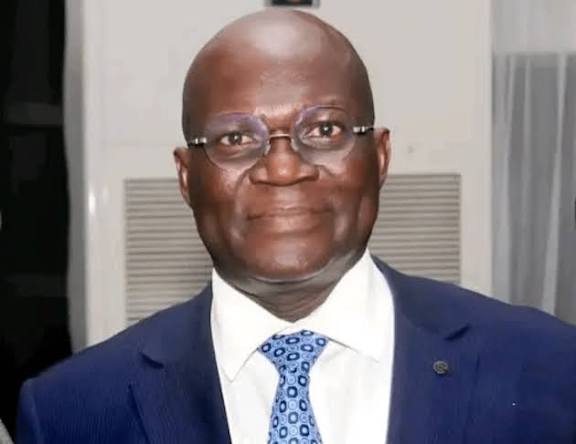Imagine a world where everyone is an ambassador of culture in his own space! The latest book by the renowned scholar, Professor Adewale Banjo, How Cultural Diplomacy Works, seeks to unravel this very world.
It packs the power of ideas, historical insights and contemporary realism into one solid bunch. And speaks life into an otherwise increasingly monotonous diplomatic practice.
As one of Nigeria’s inimitable academic, Banjo’s new book is a product of deep research and insight to knowledge that seeks to establish cultural diplomacy as a strategic, active and evolving force rather than a mere passive backdrop to world events.
In effect, it is saying: Statesmen, diplomats, policy makers, technocrats, administrators, development experts, businessmen, professionals, sportsmen and women and indeed every man and woman, do not forget the primordial soothing balm-Cultural Diplomacy!
Banjo, who is a National Research Foundation (NRF- South Africa) rated scholar and recipient of numerous prestigious fellowships and research grants, seeks to open the eyes of humanity to the passive diplomacy of everyday exchange by seeing culture as a compass for social, political and economic exertions of people. Necessarily, when a citizen is on a mission, even a military one, he should therefore be mindful of the beauty of cultural exchange and consciously take on an extra “ambassadorial” layer of responsibility.
He reminds all that the most enduring bridges between peoples are not necessarily forged by treaties or trade agreements but “by stories, songs, symbols, and shared experiences”; more so when we now live in an age defined by “shifting borders, ideological rivalries and digital disruptions”
The pages of the book is a literary theatre of bold statements. Here is one of them: “Long before envoys wore suits and carried passports, diplomacy wore the colours of fabrics, spoke through drumbeats and danced in the sacred spaces of festivals. It whispered in folktales, echoed in calligraphy and offered taste and hospitality across culture. Today, it streams through smart phones, weaves its way into global music charts, and even resides in video games and virtual museums. From symbolic gestures to sporting spectacles, from artisan crafts to hashtags, culture has remained a quiet yet powerful envoy of identity, memory and connection.”
In other words, if the concept of cultural diplomacy is correctly understood, internalised and deployed in today’s world, inter-communal strife, cross border boundary tensions, regional warmongering and injurious global conflicts including mutual suspicion and even the very thought of them, might have already bitten its tail.
The authenticity of the thinking prowess of the author is quickly encountered in chapter one, when the PEPETA conceptual framework is revealed. Through this acronym we quickly see that Philosophy, Epistemology, Pedagogy, Ecology, Taxonomy and Anatomy provide the essential ingredients for the interrogation of cultural diplomacy in a world undergoing radical transformation.
In the second chapter, the gear shifts to the art and science of internalising cultural diplomacy. Here, the author strove to prove that a study of cultural diplomacy is never a waste because of the living paradigms, trends and challenges.
Chapter three majorly takes a deep dive into PEPETA, drawing conclusions in this regard to the effect that culture is not just the soft power of empires but rather, the soft wisdom! He proclaimed in this regard that “it is instructive to walk on this path of wisdom together.”
The understanding of cultural capital in the context of cultural diplomacy is the main subject of chapter four. Here, the book reminds that the creative sector of the economy is a catalyst for cultural diplomacy while the entertainment economy as a whole is a veritable vehicle for global influence.
Key contributions of the creative sector were highlighted to include the promotion of cultural identity, cultural exchange, global recognition of African creativity, among others. In all of these, the author did not fail to point out the challenges and opportunities inherent in the creative and entertainment sectors of the continent’s cultural diplomacy report card.
What about the tools of cultural diplomacy? These came to the fore in chapter five and the author was alive to the fact that the strategic benefits of language diplomacy are multifaceted; diaspora connection and nation branding being only one of them. Key in the submissions here include the fact that the embedding of educational and academic exchanges in cultural diplomacy go a long way in the humanisation of international relations, the development of future leaders as well as for promoting mutual understanding and peace.
Additionally, the media and digital platforms were correctly called out as the big mascots of cultural diplomacy. Global storytelling and narrative control, real time cultural engagement, diaspora engagement and trans-national identity were among the many examples cited in this regard.
The instruments of cultural diplomacy were not left out on the pages of chapter six. And unsurprisingly, religious and spiritual diplomacy was flagged. Often viewed as deeply personal and belonging to internal domains, Banjo argues that across history, religious institutions, leaders and ideas have traversed borders, built alliances, resolved conflict and shaped global norms.
He submitted further that at the core of religious diplomacy, is the strategic use of religious values, institutions and networks to advance diplomatic objectives, mediate conflict and promote intercultural respect. To be located here are interfaith dialogue and cooperation, religious cultural heritage protection, pilgrimage diplomacy as well as faith based humanitarian interventions.
Who are the agents and drivers of cultural diplomacy? Beyond central governments and Ministries of Foreign Affairs, a plethora of institutions, agencies, local and international entities and key actors were named as either agents or/and drivers of cultural diplomacy mainly in the seventh chapter. In this wise, cultural diplomacy’s pillars and caterpillars are seen as those concepts, practices and norms such as strategic clarity, collaborative dialogue as well as the instrumentalisation of culture, etc.
A topical issue which readers will encounter, has to do with the menace of global cultural imbalance brought about by a skewed practice of mutual exchange of cultural values, as well as expressions and identities that nurtures understanding between peoples.
The author notes in this regard that by reinforcing authenticity, inclusivity, mutuality and sustainability, cultural diplomacy “can grow into a resilient ecosystem that fosters peace, understanding and innovation.
When Professor Banjo examined cultural diplomacy in the era of cyber civilisation, an aperture was opened through which the trajectory from halls of power to screens of influence could be seen. He gave a dressing down to the various opportunities and challenges in this regard. He then also gave glimpse into the garb that the cyber diplomat of the future must wear. He went ahead to predict a future of embassies without walls.
Today, he contended, cyber savvy cultural diplomats are now needed who must blend cultural fluency with digital agility and navigate a world where diplomacy unfolds on X threads, Instagram stories, TikTok reels, podcasts and livestreams.
Chapter 10 of Banjo’s book dwelt extensively on the form and kind of regulatory frameworks needed to accompany cultural diplomacy, including global instruments and conventions.
The big question then arose as to whether cultural diplomacy does have a future, considering the landmines already identified. Professor banjo went ahead through the last of the chapters (11) to describe and propel all the hanging fruits in this regard. One of such fruits has to do with cultural diplomacy as a vehicle for healing and reconciliation.
A profound mention was made of Artificial Intelligence (AI). As machine learning is dragging people along, cultural diplomacy is caught in the middle of the dwindling space of human emissaries.
According to Professor Banjo, the social media platforms are now using recommendation algorithms to shape what cultural content people consume and from whom. He posits that in this landscape, “AI becomes a silent curator, a digital ambassador and at times a gatekeeper of cultural exchange” even when the AI transformation is double-edged.
With the projections into the future given through the book, we await the full emergence of a new form of cultural diplomacy that would be technologically fluent, ethically grounded and globally inclusive. And yet, in all of these, culture would remain the compass!
It is easy to see that one cannot possibly exhaust all the pearls of Professor Banjo’s masterclass through a mere book review.






